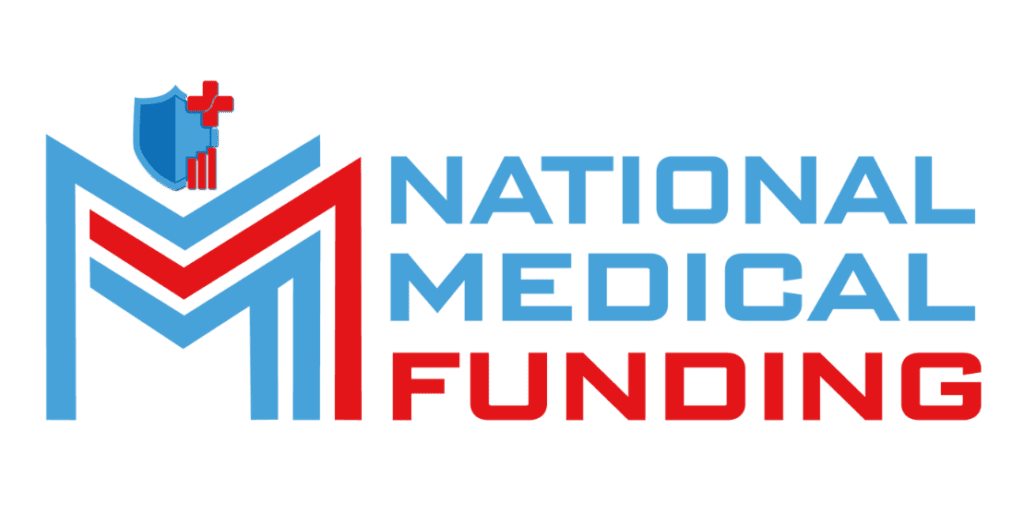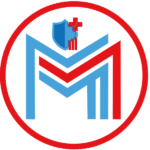
Funding the Shift: How Healthcare Loans Suppo
The Rise of Direct Pay and Membership-Based Models ...

Saturday and Sunday – CLOSED
support@nationalmedicalfunding.com



If you’re a doctor, dentist, or veterinarian, you know the hustle. You spent years studying, you took on massive student loan debt, and then you signed another big loan to launch or buy your practice. You’re essentially managing two completely different financial lives: your personal bills (mortgage, student loans, car payment) and your practice’s debt (equipment, real estate, working capital). It’s a delicate balancing act, and doing it right is crucial for long-term success. So, how do you manage both sets of obligations without feeling overwhelmed?
The key is a strategic approach. You need to stop viewing all debt as inherently “bad.” Instead, you must learn to prioritize and leverage the right types of loans to grow your income. This strategic debt management is exactly what smart healthcare finance solutions are designed to support. That’s why we’ve put together this guide: to help you develop a clear, simple strategy for mastering your dual financial world.
The first step in any strong financial plan is acknowledging the current state of things. You likely have consumer debt (credit cards, personal loans) and investment debt (mortgage, practice loan). The challenge is that these two types of debt often compete for the same cash flow.
It’s easy to focus on just the business side because the bills there are often bigger, but your personal finances are just as important. In fact, a shaky personal credit history can instantly sink your application for a large practice expansion loan. That’s why you need to map out every single debt you owe, noting the interest rate and the minimum monthly payment for each. This visibility is the foundation of your entire strategy.
Before you ask a lender for a major practice loan, you need to clean up the expensive, high-interest consumer debt. Think of things like credit card balances or high-interest car loans. These debts are purely liabilities and offer no return on investment. So, aggressively paying down or consolidating these liabilities should be your immediate personal goal.
Why is this so urgent? Because high personal debt raises your overall debt-to-income (DTI) ratio, making you look riskier to a lender. That risk often translates into higher interest rates on your practice loans, costing you thousands in the long run. If you’re just starting out, getting this personal debt sorted is as critical as securing the right medical financing for your business launch. If you’re preparing for a major venture, like launching an animal clinic, this personal clean-up is step one. Learn more about the complex first steps of opening a clinic in our guide: Financing Your Veterinary Practice Startup: A Complete Guide to Launching Your Clinic.
Not all debt is created equal. Your $500 monthly credit card bill is “bad debt” because it costs you money without generating income. A medical financing loan for a new piece of equipment that allows you to perform five new procedures a month is “good debt.” Why? Because it drives revenue and profitability.
“Good debt” is essentially an investment in future earnings. When considering a loan for practice expansion, inventory, or real estate, you should always project the Return on Investment (ROI). If the loan’s cost is $1,000 per month but it generates $4,000 in new revenue, you’re making a wise financial move. That’s why the best strategy is paying off low-ROI personal debt first so you can free up capital for high-ROI practice debt later.

Your Debt-to-Income (DTI) ratio is arguably the most important number lenders look at. It tells them what percentage of your monthly income goes toward debt payments. They usually calculate both your personal DTI and your global DTI (personal + practice).
The lower your DTI, the more secure you look. That’s why keeping your personal debt low is so important—it gives you more flexibility to take on practice debt when a great opportunity arises. If you have a high DTI, most healthcare lending firms will either decline your application or charge you a premium. A healthy DTI is generally below 36%, so you want to be well within that range.
Debt Type | Typical Interest Rate | Financial Goal | Priority for Repayment |
Credit Cards | 18% – 30% | Reduce monthly outflow | Highest |
Student Loans | 4% – 7% | Manage via income-based plans | Medium-Low |
Practice Equipment Loan | 5% – 10% | Increase revenue/efficiency | Strategic (Based on ROI) |
Home Mortgage | 3% – 7% | Stable long-term living cost | Lowest |
When paying down debt, professionals usually use two main methods: Snowball or Avalanche. The Snowball method involves paying off the smallest debts first to gain psychological momentum. On the other hand, the Avalanche method is mathematically smarter; you tackle the debt with the highest interest rate first, saving you the most money over time.
For healthcare professionals managing both personal and practice debt, we generally recommend the Avalanche method for high-interest personal liabilities (credit cards, etc.). Once those are eliminated, you can pivot. With consumer debt under control, you free up cash flow that can either go into a cash reserve or be used to service a large new healthcare lending opportunity that will grow your business. This strategic use of freed-up cash is crucial.
It’s a common mistake: thinking that your personal financial life and your business’s financial life are separate when applying for a practice loan. They are not. Most practice loans, especially for smaller, single-physician operations, require a personal guarantee. This means the lender scrutinizes your personal credit history and debt load just as much as your practice’s financials.
If you have a history of missed personal payments or too much revolving consumer debt, it raises a red flag. Lenders see you, the professional, as the ultimate guarantor of the loan. This is where using a specialized healthcare financing companies really helps. Unlike traditional banks, they understand the unique burden of student debt and often structure loans specifically around the high earning potential of healthcare professionals, even with that debt present. This is a key difference you need to know. For more information on why specialty lenders are often a better choice, read about The Real Differences Between a Specialty Healthcare Lending Company and a Traditional Bank.
One of the biggest financial decisions you will face as a practice owner is how to finance high-value equipment. Should you use medical financing to purchase the equipment outright, or should you lease it? This decision significantly impacts your practice’s balance sheet and cash flow.
Buying equipment with a loan means you own the asset, which is great, but it also means you carry the debt liability on your books. Leasing, on the other hand, often requires a lower initial cash outlay and keeps the liability off the balance sheet, which can be beneficial if you’re trying to keep your global DTI low for an upcoming real estate loan application. You need to consider the useful life of the equipment and how quickly technology changes in your specialty. We break down the full strategy here: When to Lease vs. Own: A Financial Strategy for High-Value Medical Equipment.
Once you’ve tackled your high-interest personal debt and made strategic practice investments, the next step is building a robust financial buffer. This buffer, often called a cash reserve or rainy-day fund, is your defense against unexpected personal or professional events.
Ideally, your reserve should cover at least three to six months of combined personal and practice operating expenses. Having this cash available means that if you face a dip in patient volume or an emergency equipment repair, you won’t have to resort to high-interest credit cards or emergency healthcare financing companies loans. This stability is the mark of a financially mature and well-managed practice, making you a much more attractive borrower in the long run.

As your career progresses, your debt management strategy should evolve. A doctor fresh out of residency with high student loans needs a different strategy than a well-established specialist. Once your practice is stable and profitable, you should regularly review your debt portfolio.
If interest rates have dropped or your credit score has improved significantly, you might be a candidate for debt consolidation or refinancing. Refinancing an existing practice loan with a favorable healthcare finance solutions provider could dramatically lower your monthly payment, freeing up more cash flow for either personal savings or further strategic practice expansion. Always be proactive, not reactive, with your debt.
Ready to explore a lower rate for your existing loans? Contact us today to see how National Medical Funding can help you consolidate your practice debt and improve your cash flow!
It affects it significantly. Most practice loans require a personal guarantee, so lenders review your personal credit score and DTI ratio. High personal debt can lead to loan denial or much higher interest rates on your practice loan.
Yes, generally. If the new equipment increases your service offerings, improves efficiency, or increases patient throughput, the loan is considered an investment that generates revenue. This is a common and strategic form of medical financing.
Prioritize high-interest consumer debt first. After that, focus on practice debt that offers the highest Return on Investment (ROI). Student loans usually have lower interest rates and flexible payment options, so they can often be managed while you prioritize business growth.
A personal guarantee means you, the owner, are personally responsible for repaying the loan if the practice defaults. This is why the lender scrutinizes your personal finances, even if the loan is intended for the business.
The Rise of Direct Pay and Membership-Based Models ...
Why Financial Pulse Matters in Modern Healthcare ...

Fuel your medical practice’s growth with financial solutions tailored to your needs. We’re here to support independent practitioners and group practices with strategies built for success.
Mon Fri: 8:00am – 6:00pm
Saturday: Closed
Sunday: Closed
Copyright © 2025 National Medical Funding